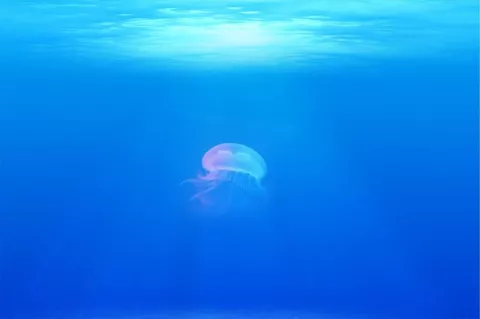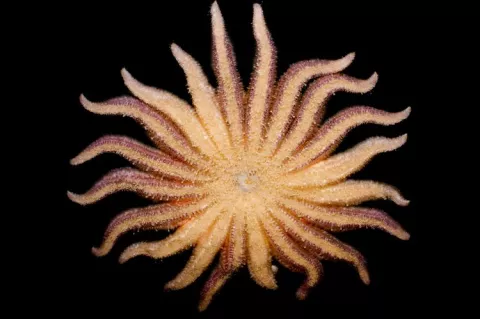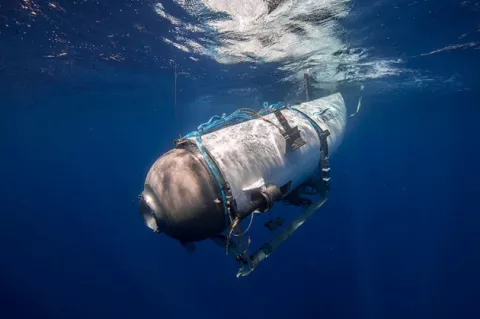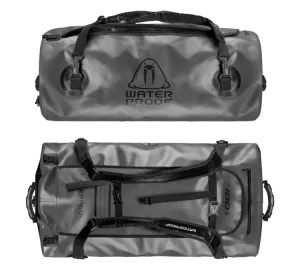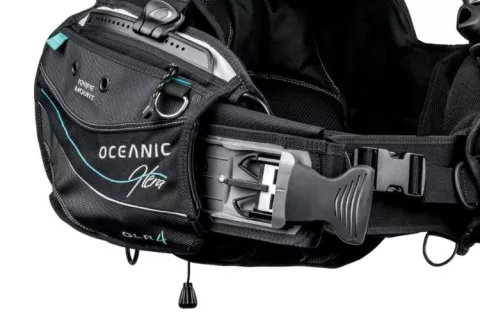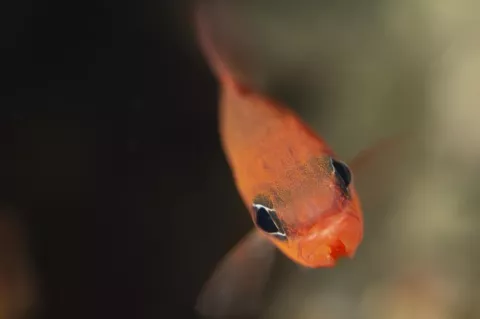UN adopts historic treaty to protect high seas
The Biodiversity Beyond National Jurisdiction Treaty, widely known as the High Seas Treaty, establishes the first-ever framework for governing practices like fishing, mining and oil extraction in international waters, an issue that has threatened oceanic ecosystems across the globe with little oversight.

